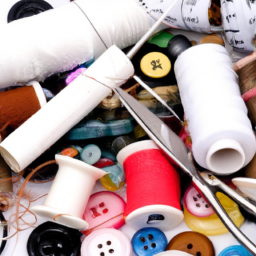
<style>
h1 {
color: darkblue;
font-family: Arial, sans-serif;
text-align: center;
}
p {
color: #333;
font-family: Georgia, serif;
font-size: 18px;
line-height: 1.5;
text-align: justify;
padding: 10px;
}
img {
display: block;
margin: 0 auto;
max-width: 350px;
}
ul {
color: #555;
font-family: Verdana, sans-serif;
font-size: 16px;
margin-left: 30px;
padding: 10px;
}
ol {
color: #555;
font-family: Verdana, sans-serif;
font-size: 16px;
counter-reset: item;
padding-left: 30px;
}
li {
counter-increment: item;
margin-bottom: 10px;
}
li::before {
content: counter(item)’. ‘;
color: darkgreen;
font-weight: bold;
}
blockquote {
font-style: italic;
border-left: 3px solid #999;
padding-left: 10px;
color: #777;
font-family: ‘Times New Roman’, serif;
font-size: 20px;
}

One common issue encountered by many sewists is having a loose sewing thread at the bottom of their stitching. This problem can be frustrating and result in unfinished or flawed sewing projects. However, fear not, as we delve into the possible causes and solutions for this pesky dilemma.
Causes of Loose Thread at the Bottom
- Tension problems: In most cases, loose thread at the bottom results from tension issues. Either the upper thread tension is too loose, the bobbin thread tension is too tight, or both. Adjusting the tension is crucial to achieve balanced stitching.
- Improper bobbin placement: Ensuring the bobbin is correctly inserted and correctly wound is vital. A bobbin that is loosely placed or unevenly wound can contribute to thread looseness.
- Needle-related concerns: A damaged or incorrectly sized needle might disrupt the thread’s tension and lead to loose stitches. Make sure to use the appropriate needle size and replace it if it’s bent or dull.
- Thread quality and type: Inferior quality or mismatched thread types can affect the stitch quality. Opt for a thread that suits your fabric and project requirements.
Solutions to Fix Loose Thread Issues
- First, double-check the threading of your sewing machine. Ensure the thread is correctly fed through all tension discs.
- Adjust the upper thread tension by gradually tightening it. Test the stitch on a scrap piece of fabric until the tension is balanced and the stitches look even on both sides.
- Inspect the bobbin case for any debris or lint. Clean it thoroughly and make sure the bobbin is inserted correctly.
- Re-thread the bobbin following the machine’s manual instructions. Ensure the thread is correctly placed in the tension spring or bobbin tension disc.
- Consider changing to a new needle. Use the appropriate needle size based on your fabric’s weight and style of sewing.
- Experiment with different types of thread. Opt for high-quality thread suitable for your fabric to improve the stitch formation.
“A stitch in time saves nine.” – English Proverb
Remember, troubleshooting sewing issues is part of the creative process. With a bit of patience and practice, you’ll conquer loose thread problems and achieve flawless sewing results!
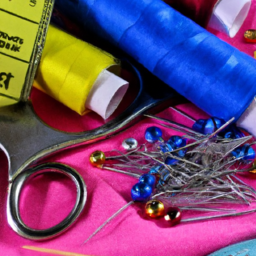
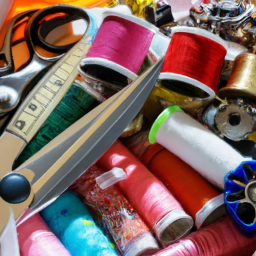
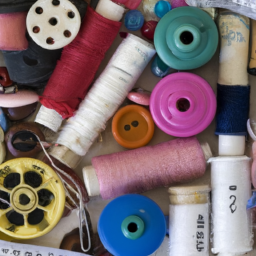
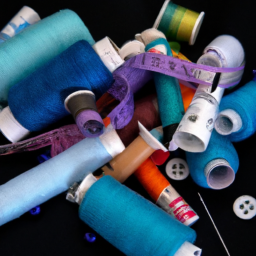

I think it may be knotted – check that first
Jennifer: The tension may be off – make sure it’s set properly.
Laura: Check the bobbin and the needle, they might both need replacing.
Sometimes when sewing thread is loose at the bottom, it can indicate an issue with the machine itself. Make sure to check the tension of the thread, the bobbin, and the needle as these can all contribute to the problem. If all else fails, take it in for professional help to prevent further damage.
I agree with the above comments and would also suggest checking the sewing machine itself for any issues that may be causing the loose thread.
It definitely sounds like something’s amiss. Checking the tension of the thread and the machinery itself should provide a good starting point. It could also be an issue with the thread, but if it’s been already checked it might be best to take it in for a professional opinion.